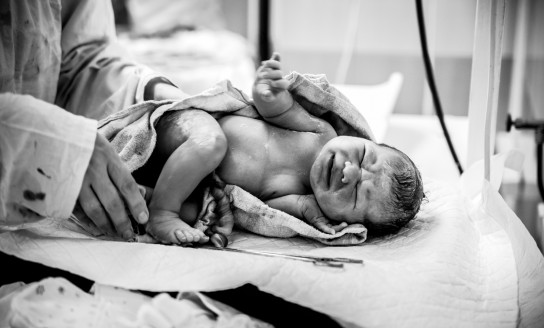Childbirth is a natural process – but sometimes things don’t go to plan, or you may find medical pain relief helps you to have a more positive birthing experience. These are called “interventions”.
Inducing labour
The most common reason for an induction is if you’re overdue (two weeks past your due date), and it’s when your LMC uses different methods or medicines to help start labour.
Your LMC might also recommend an induction if your waters have broken but labour hasn’t started, or if you or your baby have a health problem.
Medical pain relief
Except for gas, which is available in most primary birthing centres, medical pain relief options are only available if you’re birthing at a hospital:
- gas (Entonox) – sometimes called ‘laughing gas’, this option doesn’t completely take the pain away, but it can make it more manageable. It tends to make you feel a bit drunk.
- pethidine, morphine or fentanyl injections – these are strong pain killers that are injected by your LMC. They can make pain more manageable but can also make you and your baby drowsy.
- epidural – injected into your lower back by an anaesthetist, an epidural effectively numbs the lower part of your body.
There are pros and cons to each form of medical pain relief, so it’s best to have a chat through your options with your LMC to decide what would be best for you.
National Women’s Health also have some good information on pain relief options on their website that you might like to check out.
Ventouse or forceps
Sometimes an obstetrician will need to use a ventouse or forceps to help with the last part of birth.
- Ventouse – this works by a suction cup being placed on your baby’s head and is used to help gently guide baby out as you push.
- Forceps – these look a bit like salad tongs, and like the ventouse, are used to fit around your baby’s head to gently guide baby out as you push.
Episiotomy
An episiotomy is a surgical incision (cut) into the perineum (the skin between your vagina and anus) and can be a life-saving procedure if your baby is in distress or their shoulder is stuck.
Evidence shows that allowing your body to ‘tear’ naturally during birth is better for you than being cut (unless there’s a medical need, like your baby’s in distress).
Caesarean section (c-section)
This is an operation to remove your baby through a cut in your stomach. Caesareans can be planned or urgent (emergency c-section):
- planned c-section: your LMC will recommend this if they believe labour may be dangerous to your or your baby.
- emergency c-section: if there are complications during pregnancy or labour, getting your baby out straight away through an emergency c-section may be the safest thing to do.
If there isn’t a medical need for a c-section, then a vaginal delivery is generally better for you.
Why?
A c-section is major surgery, and women generally experience:
- longer stays in hospital (three to five days instead of one to two with a vaginal birth)
- pain around their caesarean wound
- longer recovery time
- limited activity for up to six weeks (e.g. driving, lifting).
A c-section isn’t a ‘failure’
Whether your c-section was planned or an emergency, remember: there isn’t a “right” way to have a baby. You need to do what’s right for you.
In our opinion, going through major surgery to get your baby safely out is pretty damn heroic.
When things don’t go to plan
If you feel upset your labour didn’t go to plan, please do reach out and talk to someone.
It’s not uncommon for women to find an emergency c-section (or other interventions) distressing, especially if they wanted a very natural birth.
If this is you, your Plunket nurse is a safe, understanding person to talk to – along with your LMC, and friends and family.
